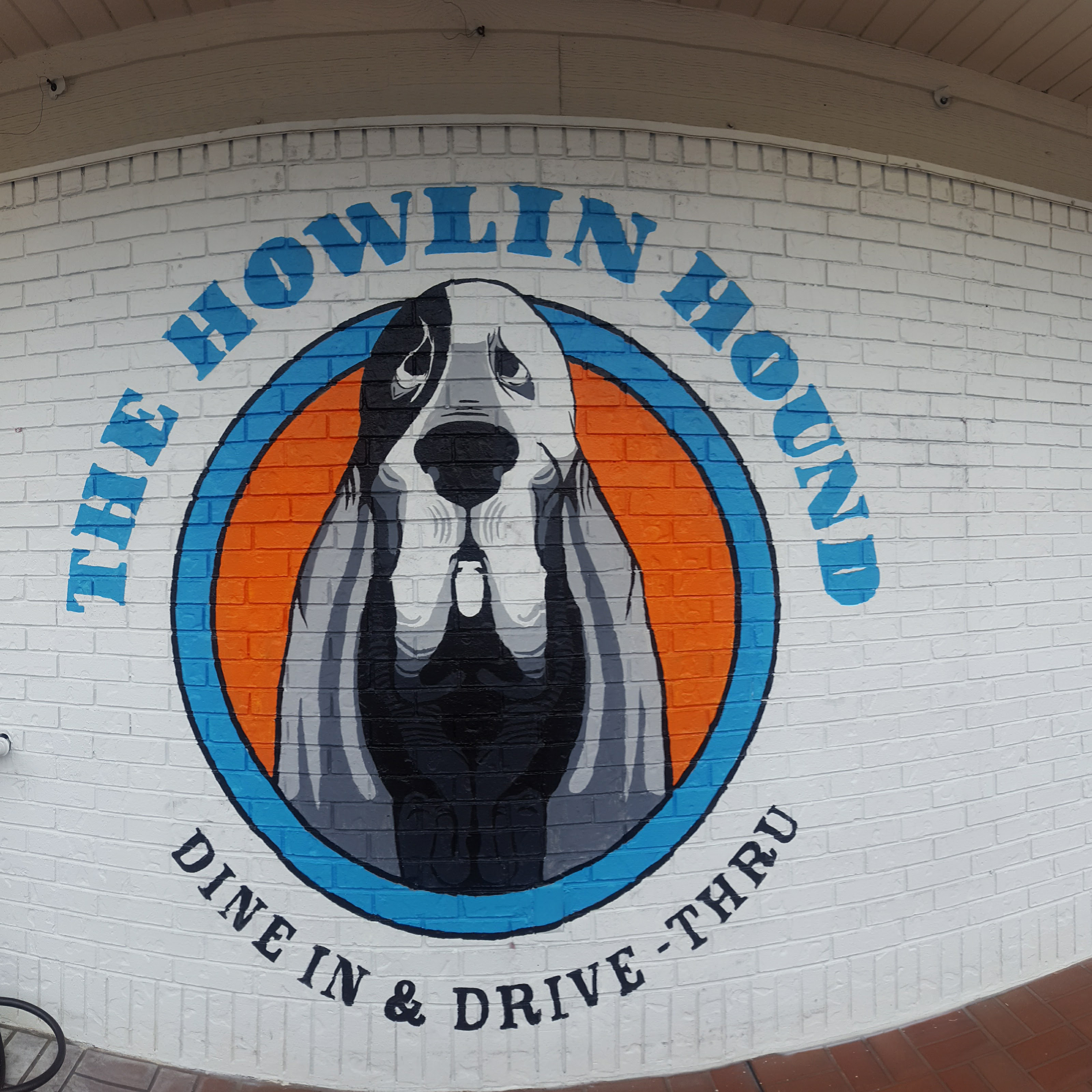This mural was commissioned by the Hyatt Regency in Savannah GA as part of a larger renovation effort. This project was a bit different in that it wasn't for the general public or even hotel guests. The mural is located in the employee entrance. All employees clock in and out here. It is meant to help improve the working conditions of all the people who run things behind the scenes by giving them a chance to start and end their days surrounded by artwork.
The theme of the composition itself refers to Savannah's history.
"The purpose of this mural is to embody the timeless nature of Savannah’s vibration. The mural’s rhythmic fusion of elements are designed to provide an overview of Savannah’s past, present and future.
The theme of the composition itself refers to Savannah's history.
"The purpose of this mural is to embody the timeless nature of Savannah’s vibration. The mural’s rhythmic fusion of elements are designed to provide an overview of Savannah’s past, present and future.
The founding of our city is rooted in what was once Native American territory. The shorter wall contrasts the more modern buildings with a map of Savannah as it stood in 1813. The map is entwined throughout Mary Musgrove's hair. Musgrove played a vital role as a translator between General James Oglethorpe and Tomochichi, leader of the Yamacraw people who were once settled where Savannah currently stands. Tomochichi offered the land to Oglethorpe to establish a trading post which would become known as Georgia’s first colony. Mary exhales the winds of change accompanied by doves, indicative of the peace our future can and should hold.
The mural’s imagery serves as a reminder that our city was founded in peace and that it's possible to maintain this harmony. The larger wall depicts an expansive live oak, reminding us of the city's continual growth. Tree roots wrap around the cargo ship, pushing it forward; implying Savannah’s industrious future. The subject of the mural is anchored on the wings of a Blue Heron symbolizing the natural landscape that once thrived before Savannah’s industrialization."
-Alfredo Martinez









